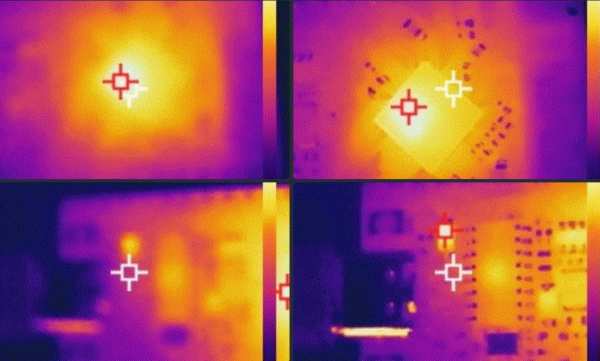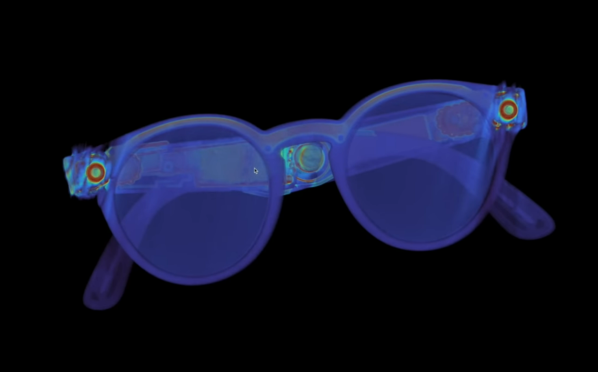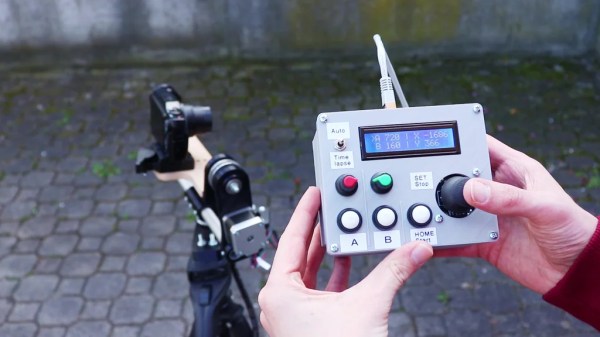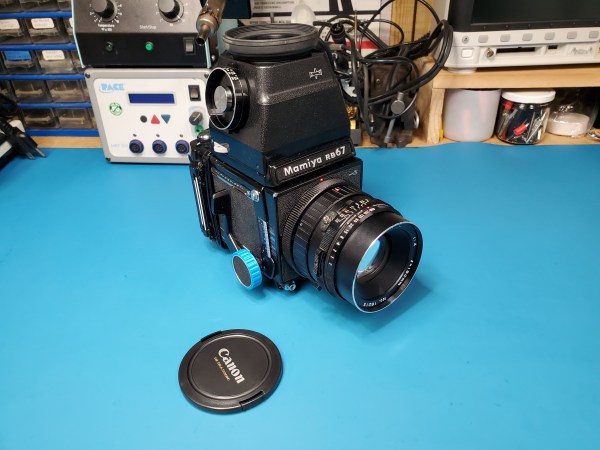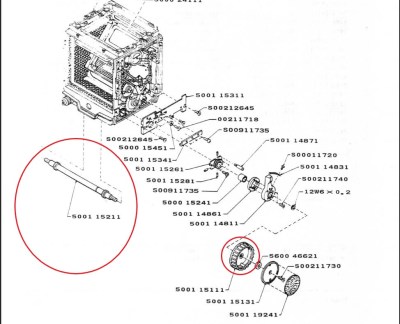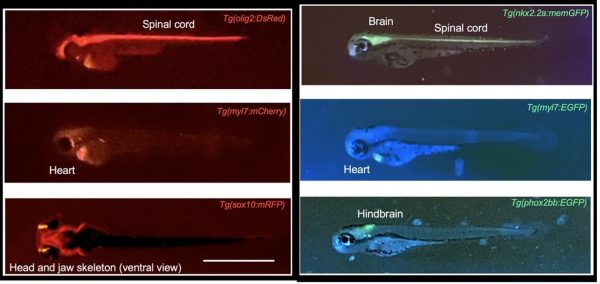While there have been hiccups here and there, the general trend of electronics is to decrease in cost or increase in performance. This can be seen in fairly obvious ways like more powerful and affordable computers but it also often means that more powerful software can be used in other devices without needing expensive hardware to support it. [Manawyrm] and [Toble_Miner] found this was true of a particular inexpensive thermal camera that ships with Linux installed on it, and found that this platform was nearly perfect for tinkering with and adding plenty of other features to turn it into a much more capable tool.
The duo have been working on a SC240N variant of the InfiRay C200 infrared camera, which ships with a Hisilicon SoC. The display is capable of displaying 25 frames per second, making this platform an excellent candidate for modifying. A few ports were added to the device, including USB and MicroSD, and which also allows the internal serial port to be accessed easily. From there the device can be equipped with the uboot bootloader in order to run essentially anything that could be found on any other Linux machine such as supporting a webcam interface (and including a port of DOOM, of course). The duo doesn’t stop at software modifications though. They also equipped the camera with a lens, attached magnetically, which changes the camera’s focal length to give it improved imaging capabilities at closer ranges.
While the internal machinations of this device are interesting, it actually turns out to be a fairly capable infrared camera on its own as well. The hardware and software requirements for these devices certainly don’t need a full Linux environment to work, and while we have seen thermal cameras that easily fit in a pocket that are based on nothing any more powerful than an ESP32, it does tend to simplify the development process dramatically to include Linux and a little more processing power if you can.

